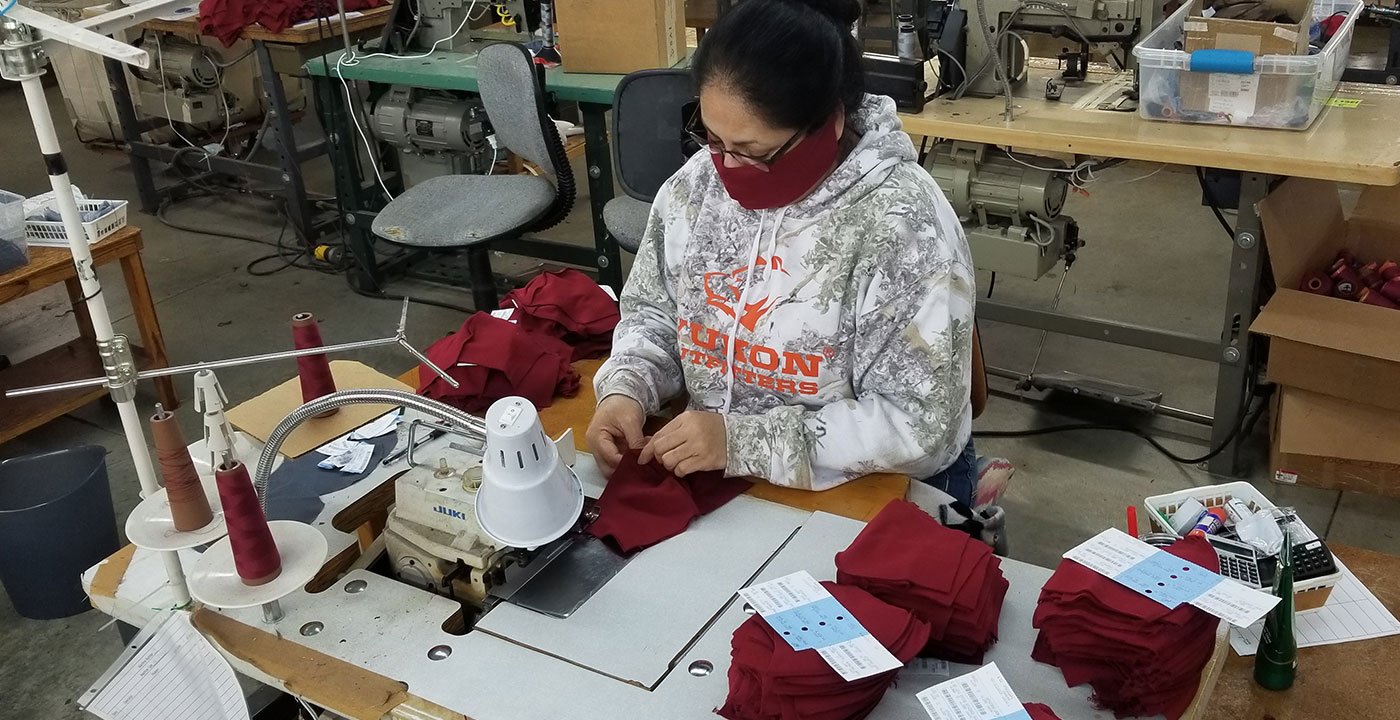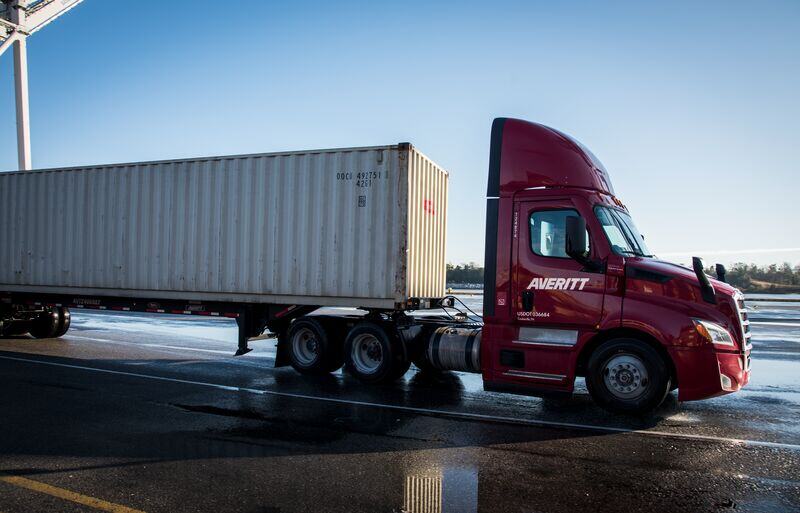Supply chain disruptions tend to strike when we least expect them. In many cases, they are often the result of events that are out of our control. From inclement weather to international relations, and even pandemics, on-time freight delivery can never be fully guaranteed. However, planning ahead and communicating with consumers can help shippers and service providers reduce the impact.
The Impact of Supply Chain Disruptions On Freight
The winter storms that struck several states across the U.S. in February 2021 were a mindful reminder that the transportation industry is often at the mercy of Mother Nature. As millions in Texas and throughout the South struggled with mass power and water outages, frontline truck drivers were also unable to move freight in and out of certain areas due to hazardous road conditions.
With an economy larger than many countries, the flow of freight to and from Texas caused rippling effects across the country. For example, some manufacturing plants in other states had to temporarily suspend operations due to the inability to receive raw materials and freight from origins in Texas. Within Texas and other hard-hit areas, many store shelves became empty since truck drivers could not make stock deliveries.
Consequentially, supply chain disruptions can cause more than a headache for shippers and businesses. The end-consumers are also impacted when the freight stops flowing.

What Happens To Freight In Transit?
When disaster strikes and trucks are unable to make a delivery, the freight has to go somewhere. In the world of less-than-truckload and full truckload transportation, operations managers have to respond quickly and effectively.
Averitt's distribution network of truck service centers is where freight flows to and from different markets across the South. Typically, freight needs to keep moving from truck to truck in order to avoid congestion and delays. Continuously moving freight is good for both shippers and carriers as it keeps drivers running, businesses operating and shelves stocked.
However, when supply chain disruptions strike on a large scale, plan B has to be initiated. In the case of the 2021 winter storms, Averitt's operational team had to act strategically. Service centers within areas of inclement weather and hazardous conditions were closed to protect associates. This meant that trucks would not be moving in and out of these locations.
When it came to freight moving to hard-hit areas such as Texas, freight in transit was held at origin locations. For example, if freight destined for Dallas, TX was currently in Greensboro, NC, it was held there. After the operational team was satisfied with road conditions, the freight was then released back into Averitt's distribution network to make the journey to Dallas.
If a carrier releases freight too early, it can lead to further delays and challenges if the final destination is unable to accept the delivery. In some instances, it can force the consignee to identify alternative means to store incoming freight.
Certain Shipments Take A Step Back
Another challenge during supply chain disruptions often revolves around expedited services. With roads inaccessible or areas completely cut off from traffic, carriers often have to suspend expedited shipment options. This exercise is not only a step taken to protect drivers, but a necessary action that enables essential goods to take priority on trucks to reach areas in need.
For months after Hurricane Maria struck Puerto Rico in 2017, essential freight and cargo were given priority over items such as toys and recreational products. This meant that the majority of capacity on cargo ships heading to Puerto Rico was reserved for items deemed essential by the government, such as generators, toiletries and bottled water.
Preparing For The Unexpected
Whether it's a pandemic, international tariffs or Mother Nature, supply chain disruptions come in many forms. The challenge with preparing for such a challenge is that are usually unknown until they are present. In terms of ground transportation, options can be limited under severe conditions. Nonetheless, there are ways that shippers can mitigate the impact.

Positioning Freight For Quick Fulfillment
In the past, a lean supply chain strategy was the sought-after goal. By keeping the wheels in continuous motion, there would theoretically be less price points overall. However, utilizing third party distribution and fulfillment services have become increasingly top-of-mind for shippers that have recognized the growing consumer demand for quicker delivery services driven in part by the rise of online sales.
Maintaining inventory within warehouses positioned in strategic markets offers more than just one benefit. First, having products on-hand can allow for next-day and even same-day delivery in priority markets. Secondly, using nearby distribution and fulfillment centers can help businesses by keeping raw materials and products available when ground transportation in another part of the country causes wide supply chain disruptions.
Communicate With Your Consumers
The delivery experience is vital to the success of carriers, shippers and end-users. When things go wrong, it creates a lasting memory -- even when you have little control over the situation. But the same lasting memory can happen when you are proactive with your contacts about the status of their shipments. Communication will always be the foremost tool to help mitigate the fallout of supply chain disruptions.
When service is impacted by inclement weather, carriers have to communicate with their shippers. Averitt, for example, keeps a running update of weather and service updates on its website. Additionally, we send email notifications to our customers to help keep them informed.
Aside from the carrier's responsibility to communicate with its customers, shippers also play an important role in communicating with their own customers. We may all be in freight business, but at the end of the day we all play a role in the communication business as we look out for and serve our communities.












